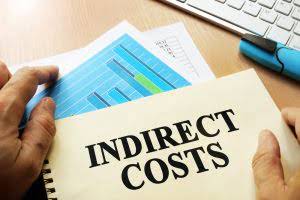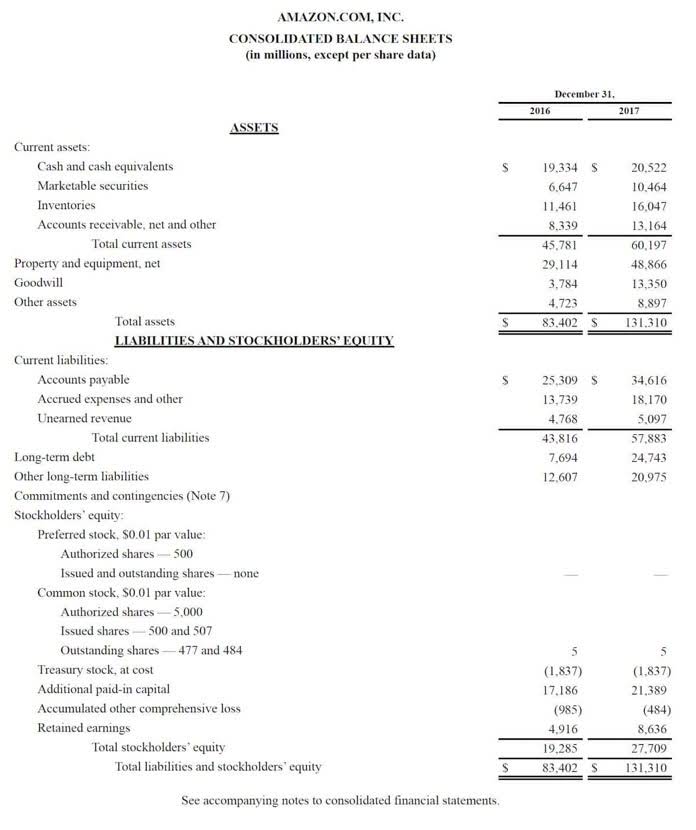The minimum wage has gone up by 77p (6.7%) to £12.21 an hour for people aged 21 and over. First-time buyers now have to pay stamp duty on the value of homes above £300,000, down from £425,000, while other movers will see this «nil rate» halve from £250,000 to £125,000. Income and gains from these holiday lets will instead form part of the landlord’s UK or overseas property business.
Controls Through Standard Costing: A Powerful Tool for Financial Management
Incidentally, QuickBooks desktop software products (Pro, Premier and Mac) use ‘average costing’ versus QuickBooks Online, which uses ‘FIFO costing. First-In, First-Out (FIFO) is one of the most commonly used methods used to calculate the value of inventory and cost of goods sold (COGS) during an accounting period. The FIFO Method assumes that inventory purchased or manufactured first is sold first and that the newest inventory remains unsold.
Standard costing provides a clear benchmark for organizations to measure their performance against and helps identify areas for cost savings. Actual costing provides an accurate picture of the real costs of production and is a simple method to understand and use. Average costing provides a general idea of the cost of production, but may not accurately reflect the actual cost of each unit of production. The best approach will depend on the specific needs and goals of your organization. In a periodic inventory system, all inventory purchases are initially recorded in the Purchases account, which substitutes for the COGS expense during the period.
Related AccountingTools Courses
The simple average unit cost of 6.33 compares to the weighted average cost calculate earlier of 6.20. The method gives a reasonable estimate of the inventory value when the beginning inventory and purchases are of a similar level. However, the weighted average cost method won’t work equally well in every situation. For example, when the batch units are very different, it may not make sense to treat them identically from a cost perspective.
It’s one of the three principal techniques – the others being “first in first out” (FIFO) and “last in first out” (LIFO). The average cost method advantages and disadvantages are significant, so you should use care in choosing how you handle your inventory accounting. The average cost method is a good option for small businesses that have a variety of products with different aggregate costs. This calculation is simple and easy to understand for a smaller team. It provides separate inventory valuation methods for the cost of each item.
- When prices decline, we expect the average cost to be higher than the actual price.
- Founded in 2017, Acgile has evolved into a trusted partner, offering end-to-end accounting and bookkeeping solutions to thriving businesses worldwide.
- Whether you’re running a small business, managing inventory, or studying accounting, this method is a reliable tool to streamline your operations and financial reporting.
- The Weighted Average Cost Method calculates inventory costs by averaging the total cost of goods available for sale.
- The calculations used in the average cost method depend on whether the business is using a periodic inventory system of a perpetual inventory system.
- Standard costing is a method in which a predetermined cost is set for each product or process.
- ProjectManager is award-winning project and portfolio management software that has multiple activity planning, schedule and tracking tools to plan, manage and monitor costs in real time.
Simple Average Cost Method
The FIFO method assumes the oldest inventory is sold first, making it ideal for industries where perishability is critical, such as food or electronics. Although it ensures inventory turnover, FIFO may not always reflect current market costs. Businesses using FIFO often compare it with the Average Costing Method for accuracy. Each method has its own set of advantages and disadvantages, and the choice depends on the business’s specific needs and inventory characteristics. People are beginning to wake up and realize standard costing isn’t the only option and that the cost and effort to maintain standard costing produces a negative business value.
- A solution for this is to regularly evaluate your stock levels and make changes as needed.
- But for the bigger shopping cart, filled with just over 200 products, there was a different story, as Aldi and Lidl can’t be included as they don’t sell lots of the products.
- It’s especially useful for businesses handling large quantities of similar items.
- The UK’s most important stock index started the day negatively on Friday, falling more than 0.6% in response to Donald Trump’s sweeping trade tariffs.
- For example, if you’re estimating a price for a customer based on a percentage markup of the COGS, the calculation is simple.
- It doesn’t change until a new purchase, at a different cost, is made.
- Even secure timesheets can help stay on budget by tracking labor costs.
How much do you know about Average Cost Method?
So the cost of the older inventory is assigned to the cost of goods sold and the cost of the newer inventory is assigned to ending inventory. On 2 January, the opening inventory is 5 units (10 — 5) at the cost of $25 each. The total value of opening inventory on 2 January is therefore $125 (5 x $25). If we add the purchase cost of $800 on that day (20 x $40), the total cost of inventory is $925 ($125 + $800). A solution for this is to invest in inventory software that can automate the process.
Prices & Average Cost Relationship at Rising Prices
Average costing assigns all inventory items a single cost price derived from the average cost of all those items. The average cost method is an alternative to FIFO or LIFO, which use the actual prices paid for each unit, even if the costs change. The weighted average cost is used when the cost adjustment of an individual item changes over time. It’s also used when certain products sell much more often than others. This calculation gives you a more accurate representation of the cost per free margin of safety calculator free financial calculators unit for the items that have been sold.
On Day 1, Amy purchased 50 bottles of a particular soda brand at the cost of $10 per bottle. Manually tracking inventory is reasonable during the early stages of a business. However, as the business grows, what is warehouse slotting it becomes increasingly difficult to manage. In addition, if you grow into multiple warehouses or manufacturers, it can become more difficult still. A solution for this is to create a reserve for damaged or obsolete inventory.
The above example uses the perpetual method to calculate the average cost. how to book a prior year in adjustment accounting A shorter way of finding the average cost is using the periodic method. In the following examples, I explain the working of average cost calculation in a perpetual and a periodic system. Despite the pros and cons of the weighted average method, it is acceptable under both Generally Accepted Accounting Principles (GAAP) and International Financial Reporting Standards (IFRS). The Weighted-average method takes into account the number of items that have been sold. Conversely, LIFO has the opposite effect on the balance sheet by selling the last items purchased first.
Average cost method advantages and disadvantages
The standard cost is then used as a benchmark to measure actual costs and to identify any variances. For illustration purposes, let’s keep our moving average unit cost at $73.13. But if we compute for COGS, let’s extend to five decimal places to minimize rounding differences. That’s why the manual perpetual system can be tedious because of constant averaging. Using an accounting software program or inventory management system can make things easier for you, especially in computing the moving averages.
Step 1: Identify Activities and Cost Pools
Many businesses use the Specific Identification Method in combination with the Average Costing Method to streamline valuation for bulk inventory. During a quarter, it purchased 100 units at $50 each and 200 units at $60 each. Additionally, the average cost method is particularly useful when dealing with large volumes of similar items in inventory, where tracking each item individually would be impractical. The average cost is not the best cost basis method—as there is really no best method.






